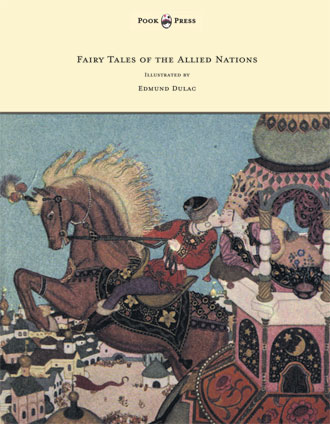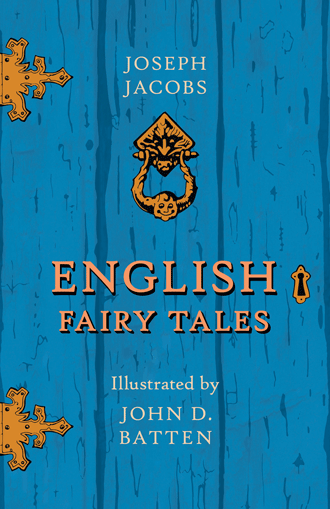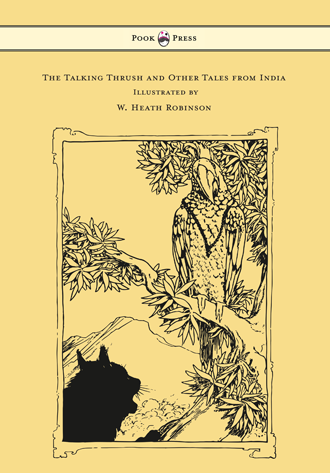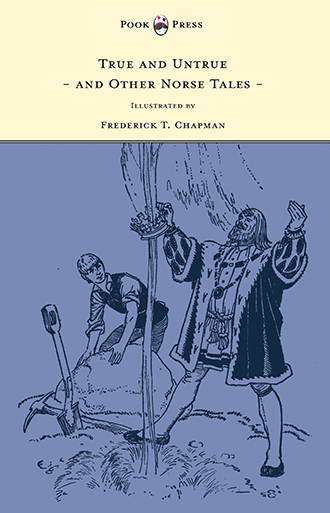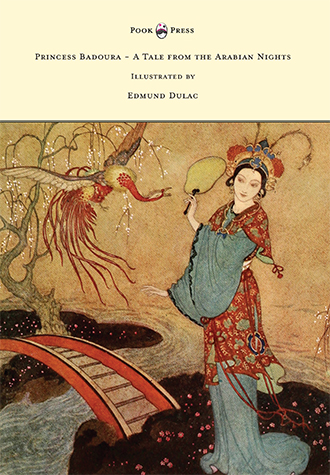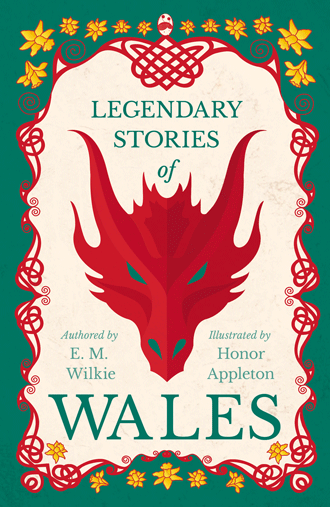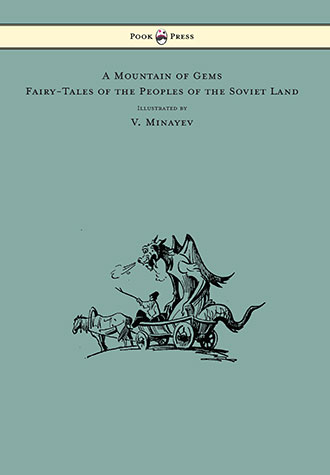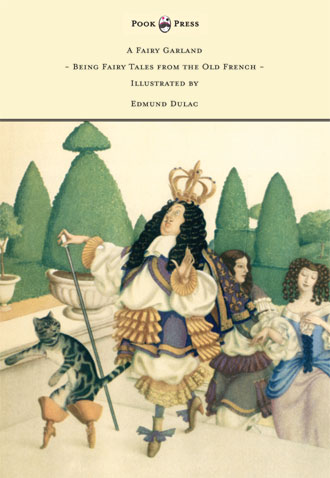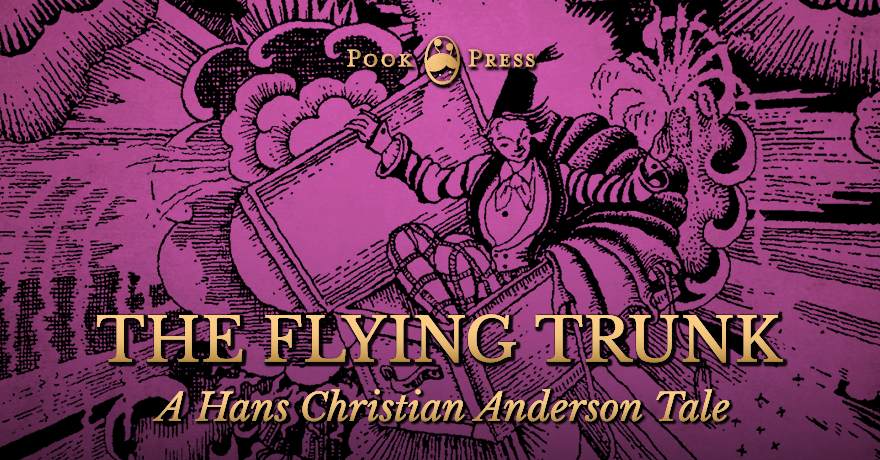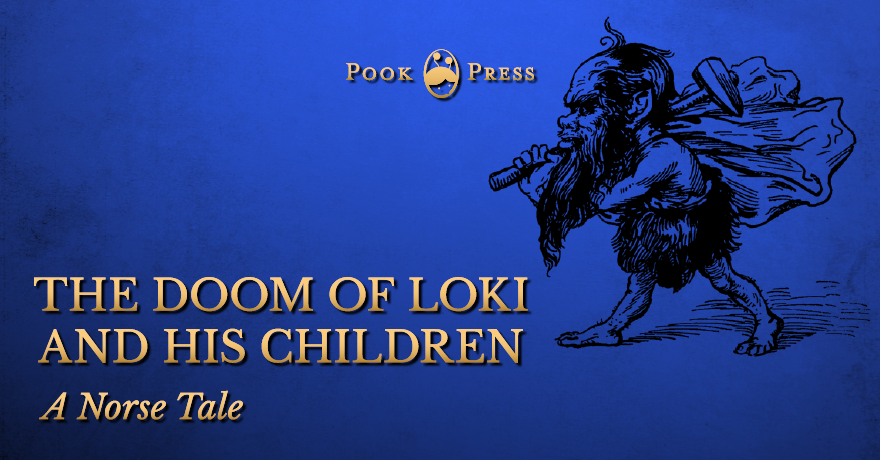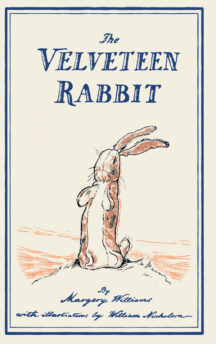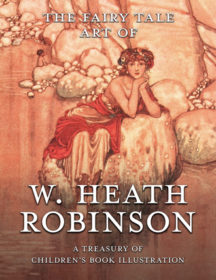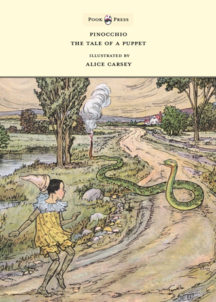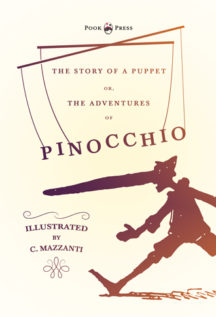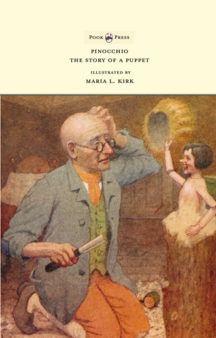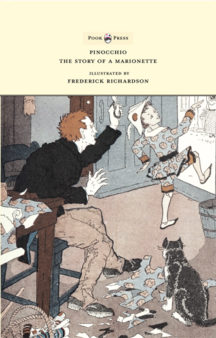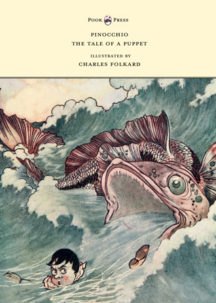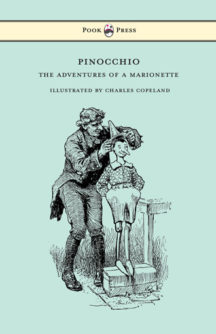The Story of The Bird Feng – A Chinese Fairy Tale
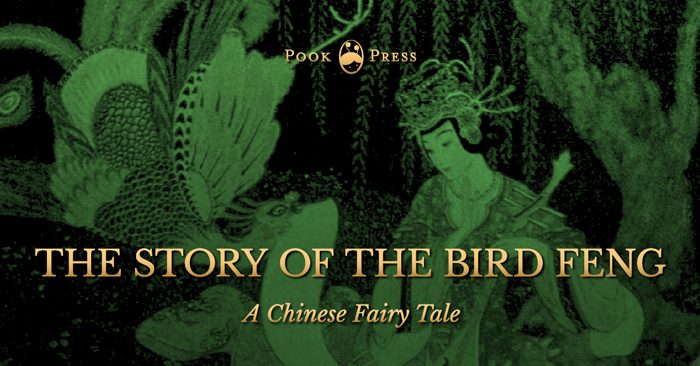
A mysterious and beautiful maiden, a bamboo flute, and a bird of many colours.
The Story of The Bird Feng
– A Chinese Fairy Tale –
IN the Book of the Ten Thousand Wonders there are three hundred and thirty-three stories about the bird called Feng, and this is one of them.
Ta-Khai, Prince of Tartary, dreamt one night that he saw in a place where he had never been before an enchantingly beautiful young maiden who could only be a princess. He fell desperately in love with her, but before he could either move or speak, she had vanished. When he awoke he called for his ink and brushes, and, in the most accomplished willow-leaf style, he drew her image on a piece of precious silk, and in one corner he wrote these lines:
The flowers of the pæony
Will they ever bloom?
A day without her
Is like a hundred years.
He then summoned his ministers, and, showing them the portrait, asked if any one could tell him the name of the beautiful maiden; but they all shook their heads and stroked their beards. They knew not who she was.
So displeased was the prince that he sent them away in disgrace to the most remote provinces of his kingdom. All the courtiers, the generals, the officers, and every man and woman, high and low, who lived in the palace came in turn to look at the picture. But they all had to confess their ignorance. Ta-Khai then called upon the magicians of the kingdom to find out by their art the name of the princess of his dreams, but their answers were so widely different that the prince, suspecting their ability, condemned them all to have their noses cut off. The portrait was shown in the outer court of the palace from sunrise till sunset, and exalted travellers came in every day, gazed upon the beautiful face, and came out again. None could tell who she was.
Meanwhile the days were weighing heavily upon the shoulders of Ta-Khai, and his sufferings cannot be described; he ate no more, he drank no more, and ended by forgetting which was day and which was night, what was in and what was out, what was left and what was right. He spent his time roaming over the mountains and through the woods crying aloud to the gods to end his life and his sorrow.
It was thus, one day, that he came to the edge of a precipice. The valley below was strewn with rocks, and the thought came to his mind that he had been led to this place to put a term to his misery. He was about to throw himself into the depths below when suddenly the bird Feng flew across the valley and appeared before him, saying:
‘Why is Ta-Khai, the mighty Prince of Tartary, standing in this place of desolation with a shadow on his brow?’
Ta-Khai replied: ‘The pine tree finds its nourishment where it stands, the tiger can run after the deer in the forests, the eagle can fly over the mountains and the plains, but how can I find the one for whom my heart is thirsting?’
And he told the bird his story.
The Feng, which in reality was a Feng-Hwang, that is, a female Feng, rejoined:
‘Without the help of Supreme Heaven it is not easy to acquire wisdom, but it is a sign of the benevolence of the spiritual beings that I should have come between you and destruction. I can make myself large enough to carry the largest town upon my back, or small enough to pass through the smallest keyhole, and I know all the princesses in all the palaces of the earth. I have taught them the six intonations of my voice, and I am their friend. Therefore show me the picture, O Ta-Khai, and I will tell you the name of her whom you saw in your dream.’
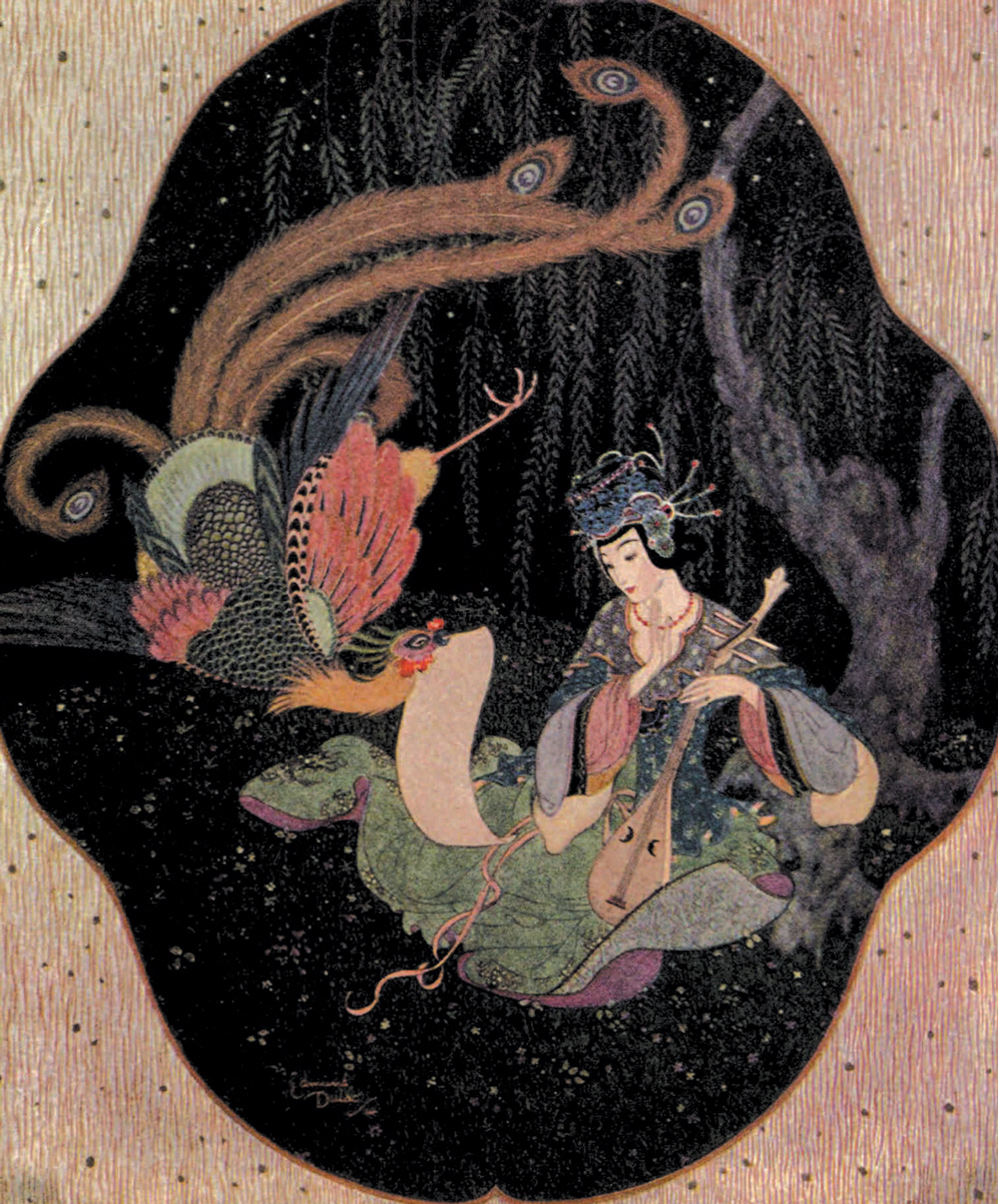
The Story of The Bird Feng illustration by Edmund Dulac
They went to the palace, and, when the portrait was shown, the bird became as large as an elephant, and exclaimed, ‘Sit on my back, O Ta-Khai, and I will carry you to the place of your dream. There you will find her of the transparent face with the drooping eyelids under the crown of dark hair such as you have depicted, for these are the features of Sai-Jen, the daughter of the King of China, and alone can be likened to the full moon rising under a black cloud.’
At nightfall they were flying over the palace of the king just above a magnificent garden. And in the garden sat Sai-Jen, singing and playing upon the lute. The Feng-Hwang deposited the prince outside the wall near a place where bamboos were growing and showed him how to cut twelve bamboos between the knots to make the flute which is called Pai-Siao and has a sound sweeter than the evening breeze on the forest stream.
And as he blew gently across the pipes, they echoed the sound of the princess’s voice so harmoniously that she cried:
‘I hear the distant notes of the song that comes from my own lips, and I can see nothing but the flowers and the trees; it is the melody the heart alone can sing that has suffered sorrow on sorrow, and to which alone the heart can listen that is full of longing.’
At that moment the wonderful bird, like a fire of many colours come down from heaven, alighted before the princess, dropping at her feet the portrait. She opened her eyes in utter astonishment at the sight of her own image. And when she had read the lines inscribed in the corner, she asked, trembling:
‘Tell me, O Feng-Hwang, who is he, so near, but whom I cannot see, that knows the sound of my voice and has never heard me, and can remember my face and has never seen me?’
Then the bird spoke and told her the story of Ta-Khai’s dream, adding:
‘I come from him with this message; I brought him here on my wings. For many days he has longed for this hour, let him now behold the image of his dream and heal the wound in his heart.’
Swift and overpowering is the rush of the waves on the pebbles of the shore, and like a little pebble felt Sai-Jen when Ta-Khai stood before her. . . .
The Feng-Hwang illuminated the garden sumptuously, and a breath of love was stirring the flowers under the stars.
It was in the palace of the King of China that were celebrated in the most ancient and magnificent style the nuptials of Sai-Jen and Ta-Khai, Prince of Tartary.
And this is one of the three hundred and thirty-three stories about the bird Feng as it is told in the Book of the Ten Thousand Wonders.
This story was taken from the book:
Fairy Tales of The Allied Nations – Illustrated by Edmund Dulac
Other books you might like:
More from the Pook Press Blog:

